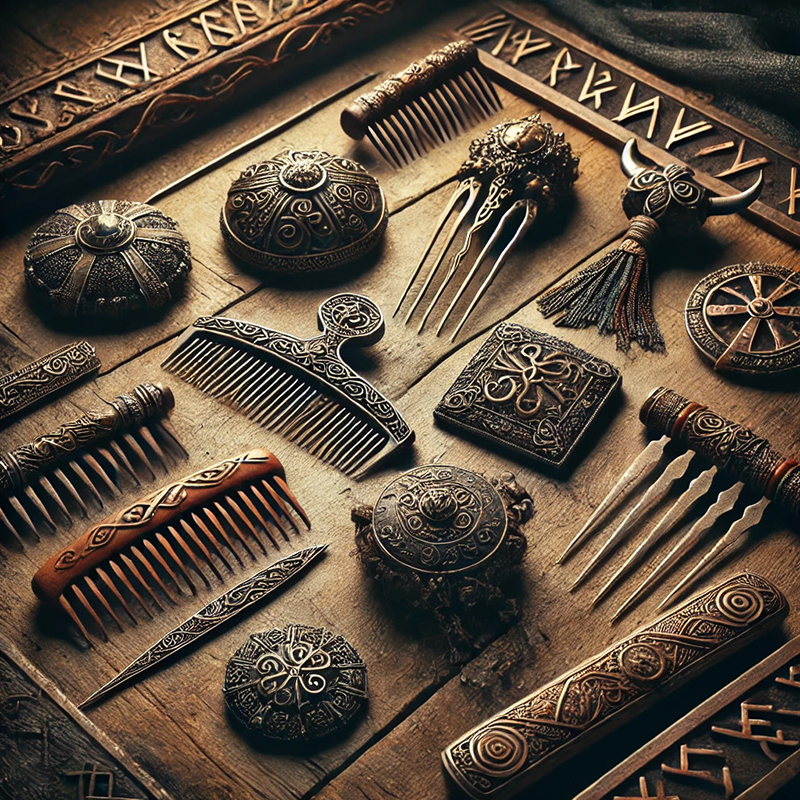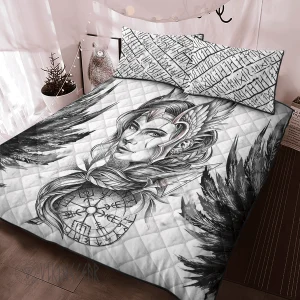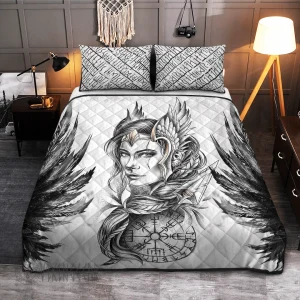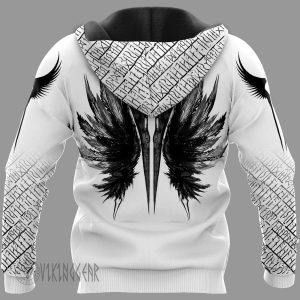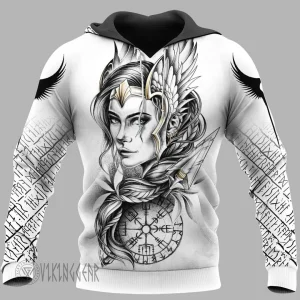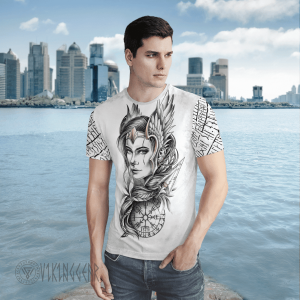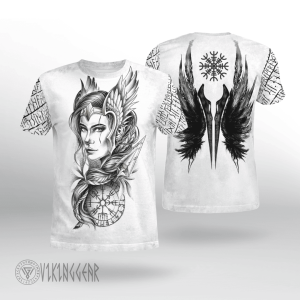Viking Blog
7 Legendary Viking Hair Accessories with Deep Historical Roots
The Vikings were fearless, skilled seafarers. Their legacy goes beyond battles and exploration. Their culture, rich in symbols and traditions, shows in their style. Of their many features, hair was key to their identity. Both men and women styled their hair with great care. They used various Viking hair accessories, which had symbolic meanings. These accessories were not for decoration. They often signified status, protection, or allegiance to Norse deities. Let’s explore seven legendary Viking hair accessories. They reveal fascinating insights into their world.
1. The Beard Ring (Skeggjarlaug): A Symbol of Manhood and Status
One of the most iconic Viking hair accessories was the beard ring, known as skeggjarlaug in Old Norse. These rings weren’t for show. They helped keep long beards neat and easy to manage. Artisans made beard rings of bronze, silver, and even gold. They started with simple designs. Then, they moved to intricate carvings. These included Norse symbols, runes, and animals. People considered beards a mark of masculinity, wisdom, and social rank. A well-groomed, adorned beard signified strength, maturity, and often wealth. Archaeologists found many beard rings in Viking burial sites. This shows their importance in Viking society.
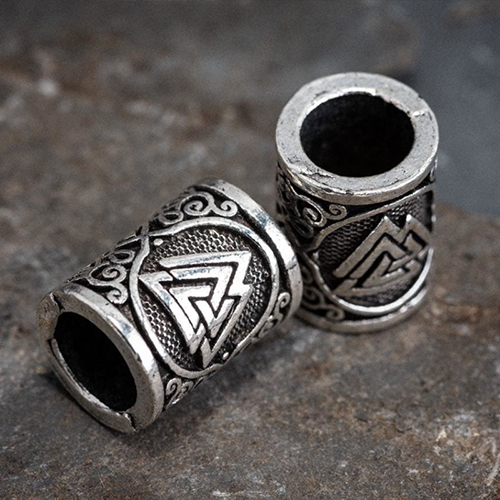
2. Hair Rings and Clasps: Versatile and Stylish
Viking men and women often used hair rings and clasps to secure and style their hair. They could be simple metal rings of bronze or iron. Or, they could be elaborate clasps with intricate engravings. Some of these accessories bore symbols of Norse gods. They included Thor’s hammer (Mjölnir) and the Valknut. People believed that they offered protection and showed devotion. Hair rings and clasps allowed for versatile styles. They worked for simple braids or intricate updos. They were both functional and beautiful.
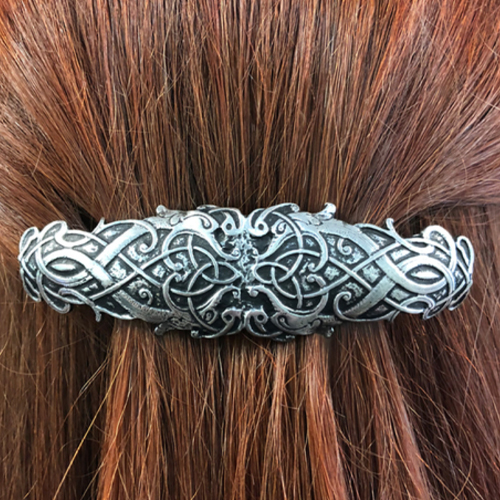
3. Beads: Colorful Accents and Protective Amulets
Vikings often used beads in their hairstyles. They added color and texture to braids and updos. Artisans made these beads from glass, amber, and precious metals. They were not decorative; they had symbolic meanings. People thought that amber beads provided protection. Glass beads, from trade, showed wealth and status. Some artisans shaped beads into Norse symbols or animals. They made amulets to bring luck or ward off evil. Viking hair accessories had beads. They loved beauty and believed in symbols.
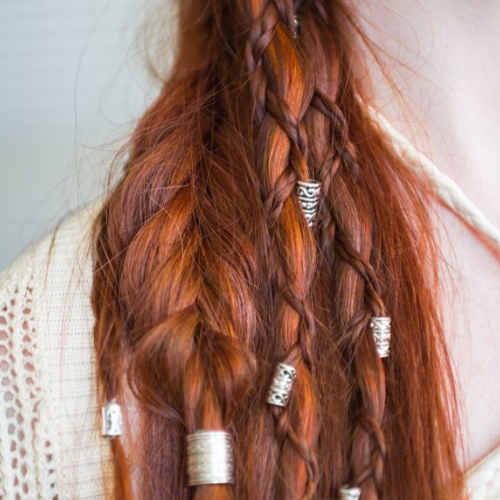
4. Hair Combs: Practicality Meets Craftsmanship
Hair combs were key grooming tools in Viking society. They showed how much people valued hygiene and appearance. Craftsmen made Viking combs from bone, antler, or wood. They were often carved with designs from Norse mythology, geometric patterns, or animals. These combs were for daily use. But they were also prized. Found in graves, they show their significance in Viking life. Their careful craftsmanship shows they were more than tools. They were also personal expressions of art and status.
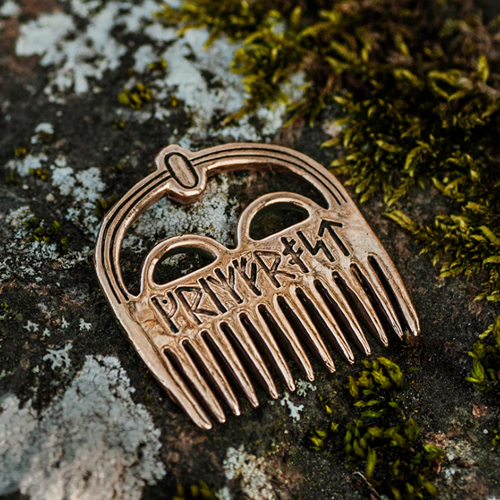
5. Headbands and Fillets: Elegance and Social Status
Viking women, and sometimes men, liked headbands and fillets. The materials included leather, cloth, or metal. These bands helped keep hair in place while adding a touch of elegance. Some were simple and functional. Others had embroidery, beads, or metalwork. They were symbols of high status. Headbands helped warriors and workers. They kept hair out of their eyes and looked stylish.
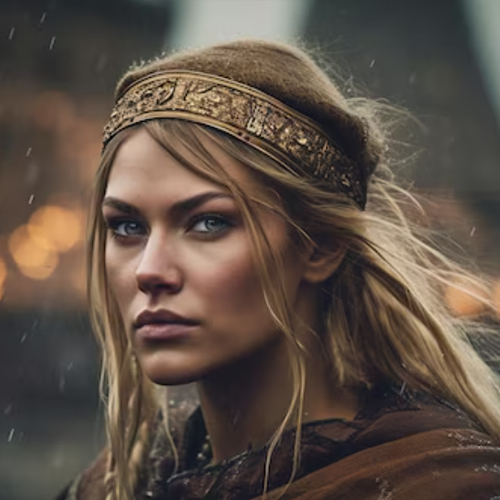
6. Brooches: Multi-Purpose Adornments
Brooches served as the primary fasteners for clothing. But Vikings also used them in hairstyles. A brooch could secure a braid or adorn an elaborate hairstyle. Viking brooches had many designs. Some were simple pin brooches. Others were ornate, with engraved patterns and embedded gemstones. These accessories improved hairstyles. They showed the wearer’s wealth and skill.
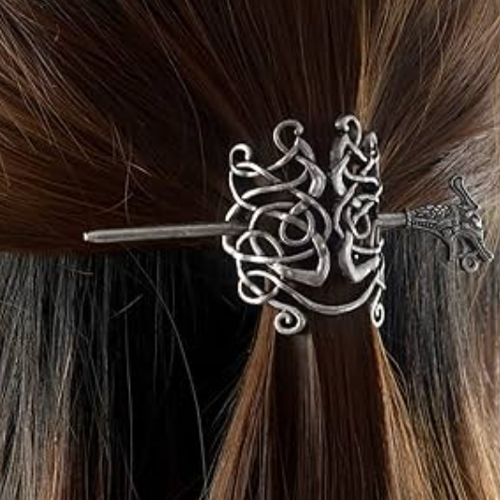
7. Runic Inscriptions: Personal Messages and Magical Symbols
Some Viking hair accessories featured runic inscriptions, adding a unique and personal touch. These inscriptions could include the owner’s name, prayers, or symbols. People believed that they brought good luck and protected them from harm. Runes held deep spiritual significance in Viking culture. So, adding them to accessories showed a wish to make everyday items magical or protective. These inscriptions reveal Viking beliefs, language, and customs.
The Legacy of Viking Hair Accessories
Viking hair accessories were more than adornments. They showed the wearer’s identity, status, and beliefs. Every item, like the beard ring and carved comb, reflects Viking society and its values. These accessories show a culture that valued strength and conquest. It also valued craftsmanship, personal expression, and symbolism. Studying these artifacts deepens our appreciation of the Vikings. They were not fierce warriors but individuals with a rich culture.

